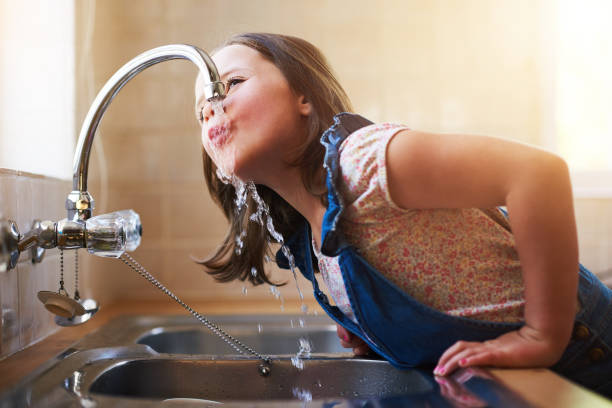2-methyl-Napthalene

Parameter Type: Drinking Water Testing for Volatiles
Parameter Name: 2-methyl-Napthalene
What it is and Where it Comes From:
2-methylnaphthalene is found naturally in crude oil and coal. 2-methylnaphthalene is used for making detergents, dyes, solvents, as well as vitamin K. 2-methylnapthalene is also used to make some pesticides, or as an additional ingredient in some pesticides. 2- methylnaphthalene is released into the environment when wood or fossil fuels are burned or when there are spills of products containing fossil fuels. 2-methylnaphthalene can evaporate or break down quickly in soils exposed to air or containing certain microorganisms, but it could stay a year or more under other conditions in certain sediments or soils. Drinking water testing gives you several benefits like peace of mind, identifying contaminants in your water, and insight into health concerns. Safe Home offers Laboratory drinking water testing kits for 2-methyl-Napthalene, allowing you to collect your water sample and ship it directly to our EPA-Certified Laboratory. This platform of drinking water testing for 2-methyl-Napthalene will give you an accurate level based on the lowest level of a parameter our instruments can detect (Method Detection Level). Safe Home drinking water testing for volatiles can be used for city and well water supplies. Drinking water testing should be done any time you notice a significant change in your water quality.
Health Effects:
There is little information about the human health effects of exposure to 2-methylnaphthalene. Animals that ate 2-methylnaphthalene in their food or had it on their skin most of their lifetime frequently developed a lung problem.
Solutions to Contaminant Levels:
After drinking water testing, what is the next step? A filter with granular activated carbon (GAC) is a proven option to remove certain chemicals, particularly organic chemicals, from water. GAC filters can be used to remove chemicals that give objectionable odors or tastes to water such as hydrogen sulfide (rotten eggs odor) or chlorine. Reverse osmosis is a process that removes foreign contaminants, solid substances, large molecules, and minerals from water by using pressure to push it through specialized membranes. Here’s how reverse osmosis works. Unlike osmosis, which is a passive process, reverse osmosis requires external force (pressure) to work. Pressure is applied to a highly concentrated solute solution, such as salt water, to pass through a membrane to a lower concentrate solution. The membrane allows water to flow through but blocks out larger molecules, like contaminants. The reverse osmosis process leaves higher concentrations of solute on one side and only the solvent, or freshwater, on the other. Who do I need to contact to find out more information about water quality in my area? Every community water supplier must provide an annual report to its customers, known as a Consumer Confidence Report (CCR). The report provides information on your local drinking water quality, including the water’s source, contaminants found in the water, and how consumers can get involved in protecting drinking water. How often does the local public water system preform drinking water testing? Frequency of drinking water testing depends on the number of people served, the type of water source, and types of contaminants. Certain contaminants are tested more frequently than others, as established by the Safe Drinking Water Act. You can find out about levels of regulated contaminants in your treated water for the previous calendar year in your annual Consumer Confidence Report (CCR).


